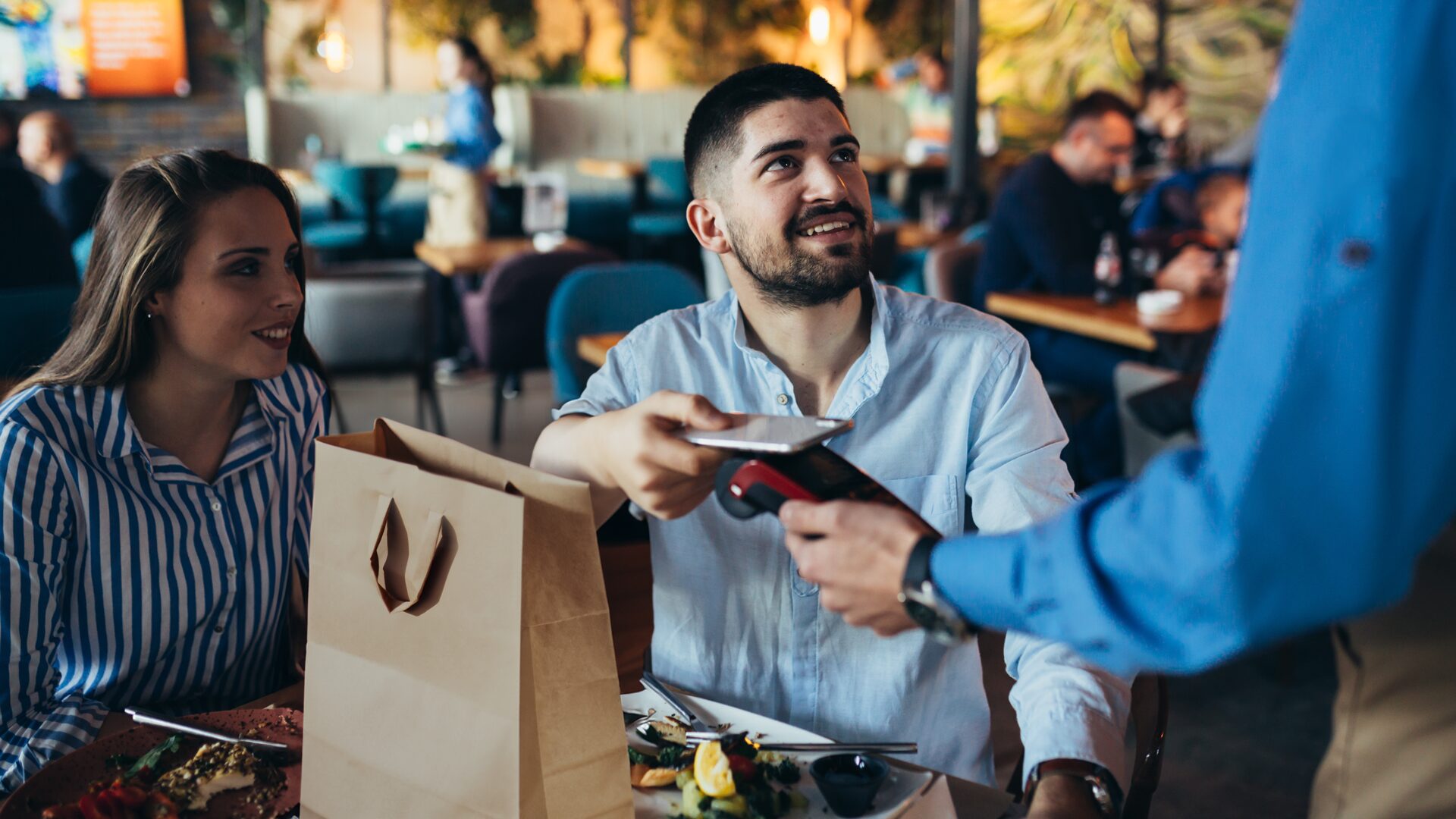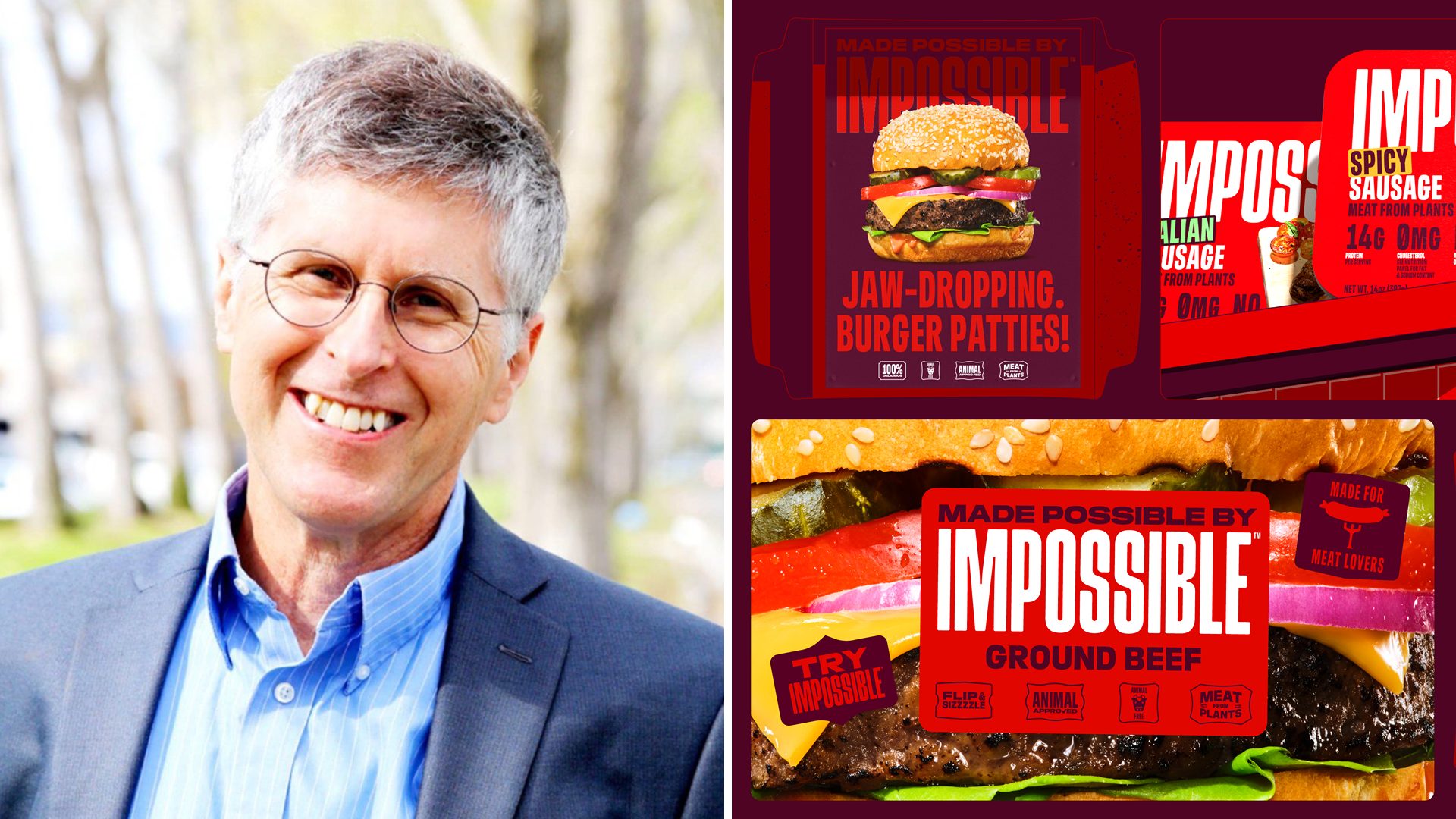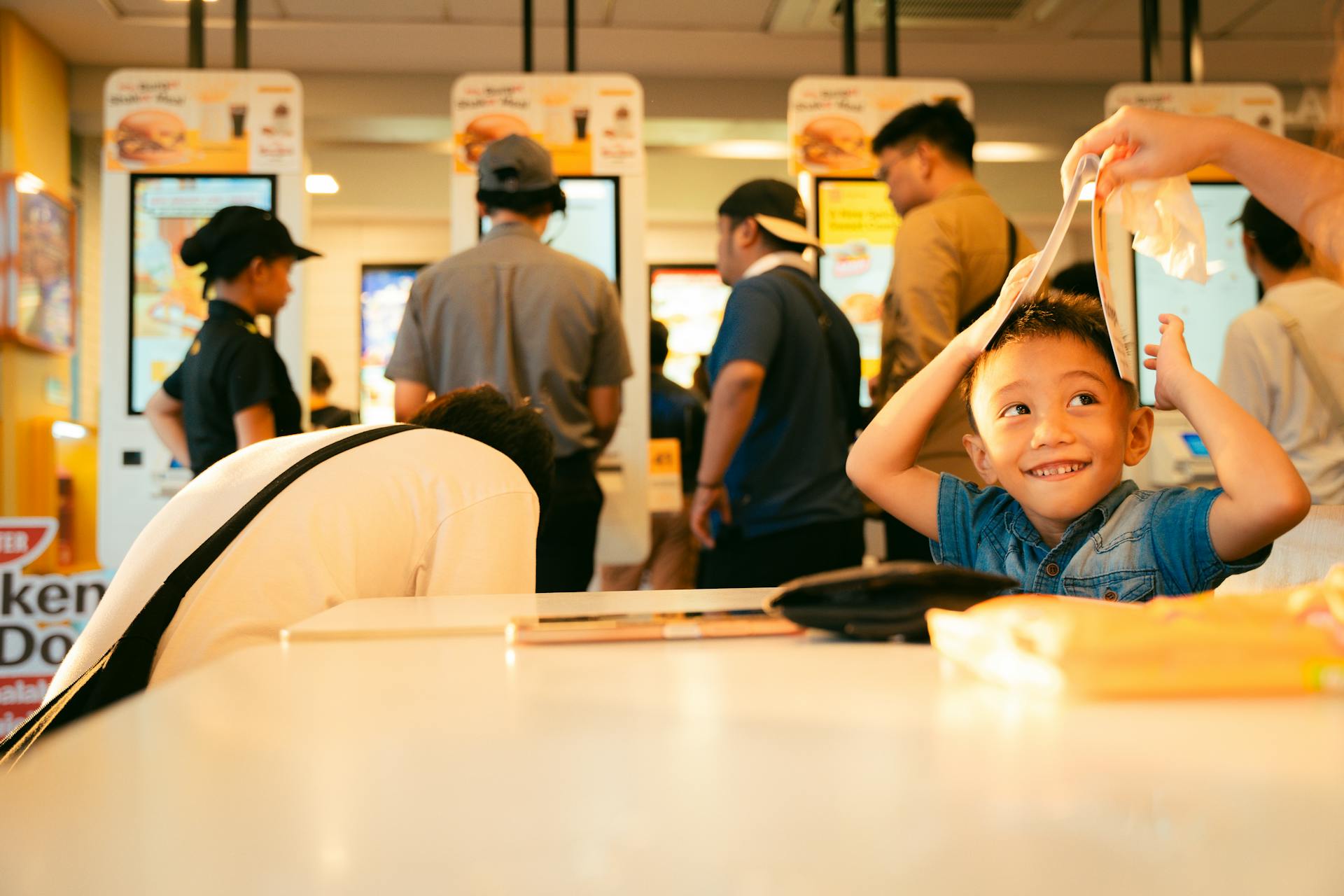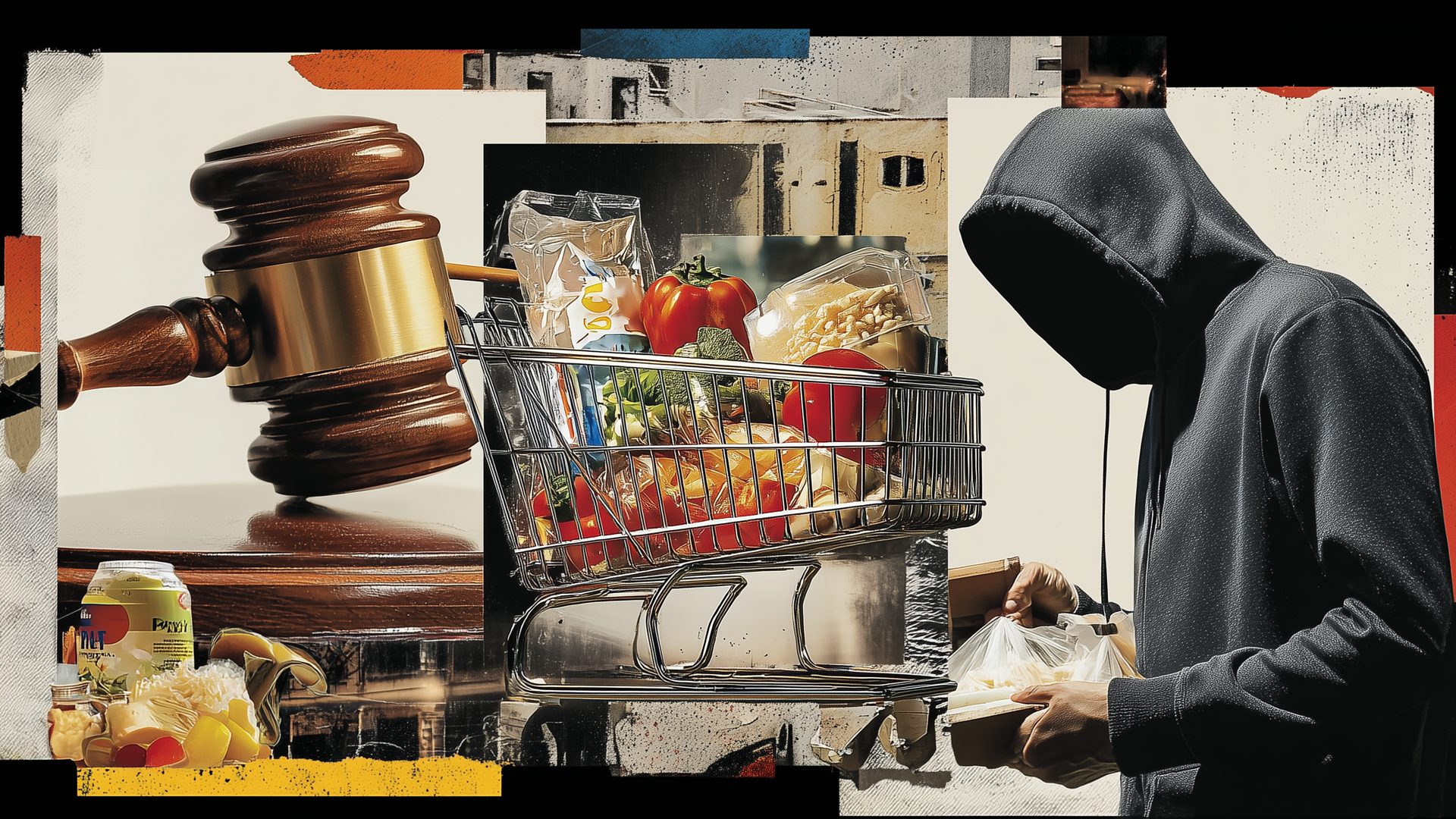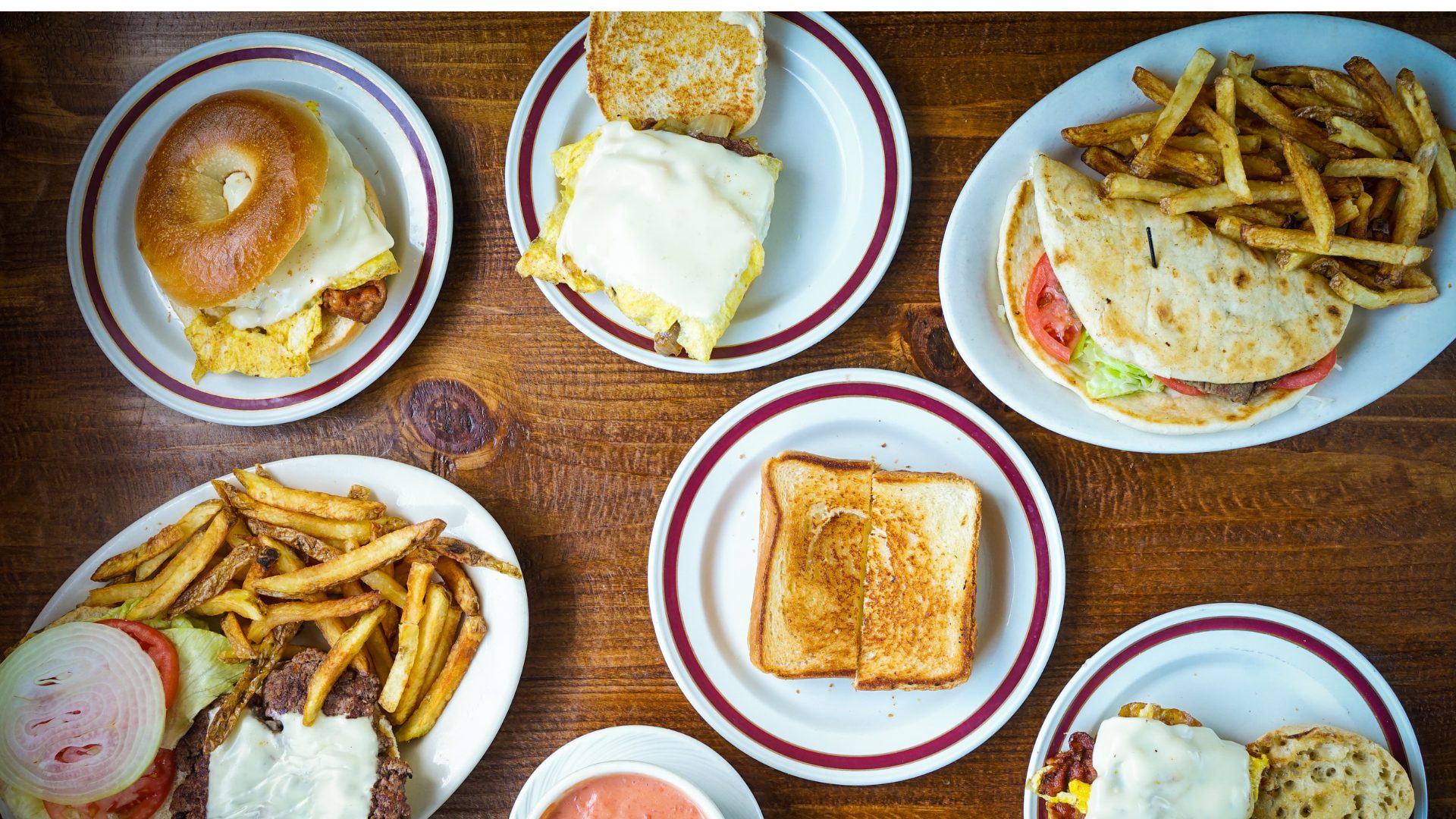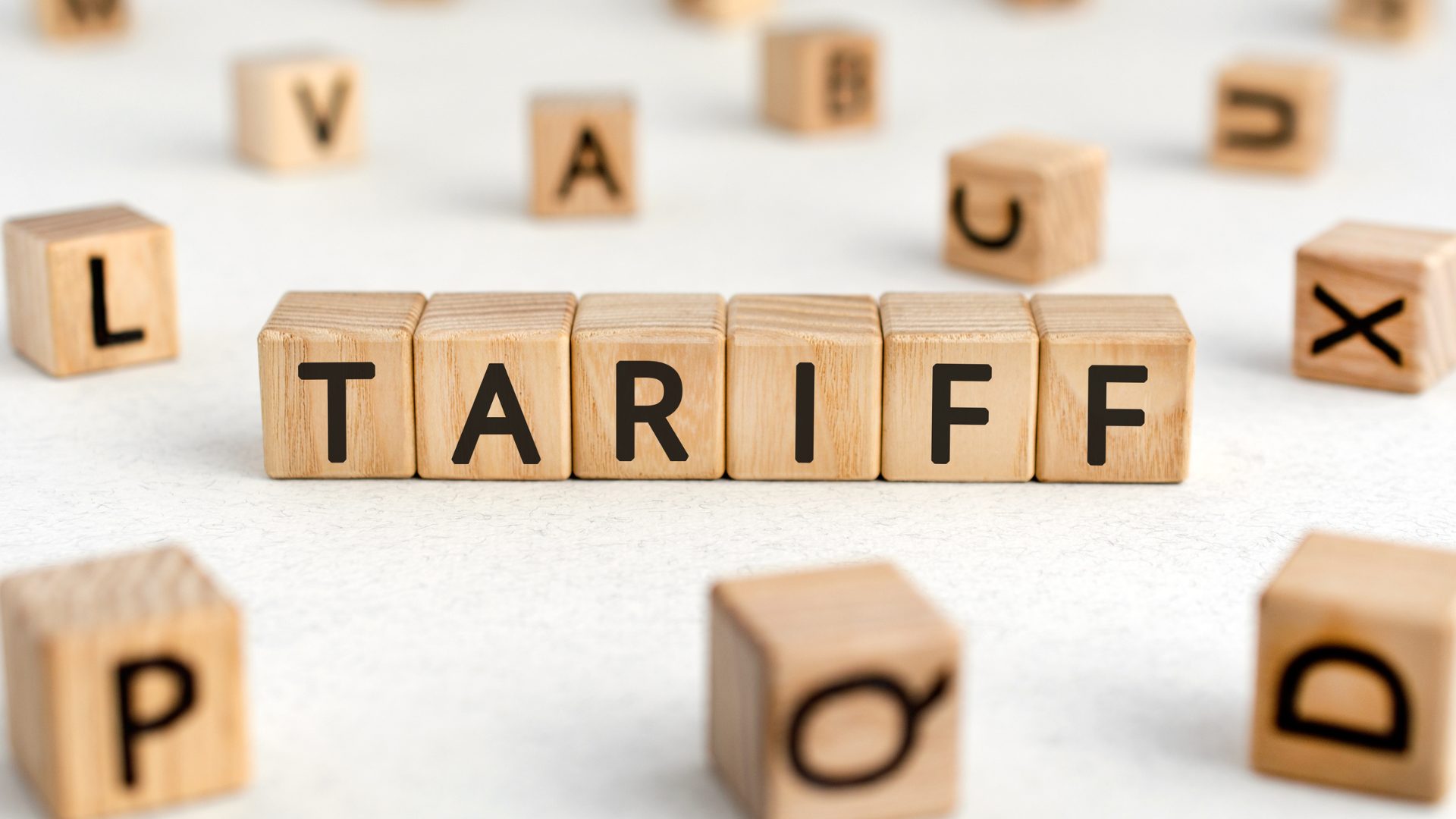People love eating out, but a funny thing has happened to those too-big-to-finish portions that have become de rigeur at restaurants: The leftovers, more and more, are staying on the table.
Experts told The Food Institute the venerable doggie bag is becoming a thing of the past, especially in New York, a victim, in part, of the ease with which a fresh meal can be ordered online and delivered, despite complaints about the economy.
Darin Detwiler, a professor at Northeastern University, said several trends are at work: evolving social perceptions, food delivery culture, portion fatigue and menu design.
“Diners may feel full, unsatisfied or disinterested in eating the same food later – especially if it doesn’t reheat well. In some cases, food waste becomes a side effect of overabundance rather than necessity,” Detwiler said.
ReFED found the average American left 53 pounds of food worth $329 on restaurant plates in 2023.
President Dana Gunders told The New York Times the numbers are hard to track, but some people say they simply don’t eat leftovers as a matter of principle.
New York restaurateur Emmet Burke told the Times most of those leaving food behind are younger patrons – especially if they’re out on a date.
“This is most likely rooted in the sheer swing of the pendulum that happens generationally,” Reilly Newman, brand strategist and founder at Motif Brands, told FI. “From the boomers, who were focused on not wasting food and always ‘finishing your plate’ to the younger generation, which is more focused on the experience they’re purchasing.
“So dining isn’t just about getting a plate full of food; it’s about ordering an experience. If they enjoy the many or few bites they had, their experience is complete, and they do not need to finish the meal.”
For some diners, there’s also the ick factor.
“One of the reasons that I believe guests are not taking food home as much as they did a few years ago is because the restaurant has made the guest a de facto employee,” said Izzy Kharasch, president of Hospitality Works.
“If you ask to take something home, more restaurants than ever before bring you the container and you, the guest, must lift up the plate and pour the food in yourself. Guests often spill food on themselves and on the floor and it is certainly not dignified to have to fill up a container at the table. At one of our restaurants, the servers ask the guests, ‘May I package this to go for you?’ and 100% of the time, the answer is yes.”
The social factor plays a big role, Detwiler said, calling it social signaling.
“In certain dining contexts, especially at higher-end restaurants or in group settings, asking for a doggie bag may be perceived as undesirable or even embarrassing,” Detweiler said.
“There’s a subtle but persistent stigma associated with appearing frugal, even during economic uncertainty.”
“The decline of the doggie bag reflects deeper tensions between sustainability, identity, and modern dining culture.”
The Food Institute Podcast
This Episode is Sponsored by: CBIZ
Tariffs, geopolitical tensions, and inflation are all weighing on the food and beverage industry and consumers alike, but what can industry leaders do to persevere amid uncertainty? Lou Biscotti from CBIZ’s Food and Beverages Services Group shares his insights on The Food Institute Podcast.


